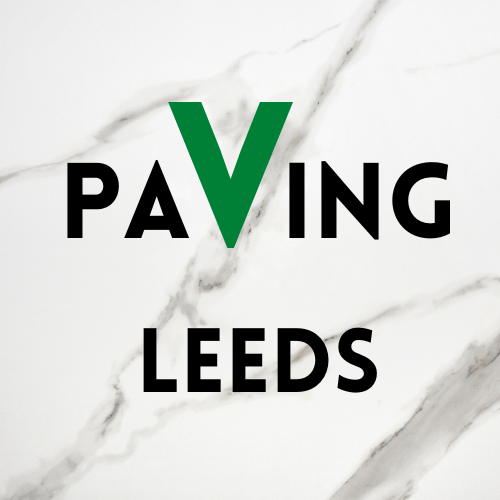Sandstone Paving Leeds
Sandstone Paving Compared to Limestone
Limestone is another naturally occurring stone and as with most of the others is formed over many years by being subjected to heat and pressure. It is known as a sedimentary rock which means its basis was the sediment accumulated at the bottom of shallow marine waters. The main mineral ingredient of limestone is calcite, which itself is created from a mix of microscopic organisms and small creatures with skeletons and shells.
It is hardwearing and long lasting and naturally provides a great non-slip surface when wet due to its textured surface finish, yet is quick drying too. It is less porous than sandstone which means it is more durable. This difference is also noticeable in its finish. Limestone will feel smoother compared to the more textured finish of sandstone, so this will come down to personal preference of what sort of surface finish you are after.
Sandstone Paving Options
Like many of the other natural stone pavers limestone and sandstone come in a variety of sizes and shapes allowing a mix of sizes to be used to create a patio or paved area. A number of manufacturers will also provide bullnose and cover finishes providing a softer curved corner edge, ideal for steps.
When comparing the options between limestone and sandstone whilst both a strong and durable sandstone is slightly more porous. You will be able to feel underfoot and see subtle differences in the outer surface texture. Limestone will be smoother, especially if comparing to a sawn finished or sand blasted sandstone. You may be looking for a rougher finish and if so generally sandstone will provide more options in this respect.
Regarding colour options limestone will have a large range of grey variants, some leaning toward a silver or large number of blue shades along with some which have a golden, buff colour. For Sandstone as well as having a large number of grey shades the bulk or shades will be based off a buff or golden colour. Generally there will be more shades and styles of sandstone paving but with either limestone or sandstone the option to mosaic different shades, as is often done with Indian stone can be done just as effectively with these paving slabs.
Looking after Sandstone Paving
Most natural stones can last perfectly well without sealing - sealant manufacturers, unsurprisingly will tell you otherwise. However, if you want to protect the visual appearance of your paving, then sealants will make cleaning more effective and will keep your paving stones looking better for longer - protecting them from fading, spill staining and making it much harder for dirt to engrain itself into the microscopic porous gaps, which run from the surface through the whole of the paving block.
Always choose a sealant for your particular stone, ideally applied soon after you have you paving installed. It is it is relatively easy to do yourselves. A number of sealants instructions will suggest waiting 8-12 weeks after installation, other suggest doing it before pointing! However almost all will advise applying it on a dry day. Being weather dependent makes it awkward to schedule this particular service in, so as mentioned whether for limestone or sandstone simply brushing a sealant into you patio yourselves should be a simply task which will also give you an indication that this is quite quick and simply when it come to reapplying again in the future.
Need help?


